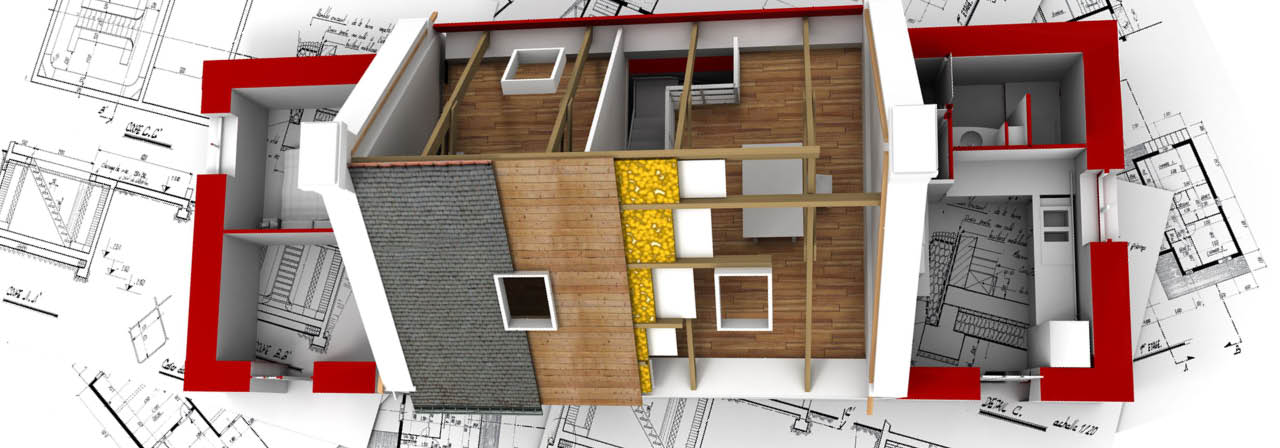Home additions, or renovations of any sort for that matter, are big endeavors. From evaluating costs, contractors, and home layouts, there’s a lot to think about, but before you get too deep into an addition, think about profiting from it in the event that you sell the home. Home additions can be expensive, so it’s important to make those additions with future value and future homeowners in mind instead of focusing entirely on the present and your immediate needs.
There are some factors to consider when evaluating how profitable a home addition could be, so we’ve put together a list of some of the top ways to profit from your home addition.
1. Square Footage is King
For most, if not all, home additions, the need for square footage is a driving factor to the addition in the first place. Whether you’ve added to your family or perhaps you’ve just outgrown the square footage you have, then adding more area will be one of the primary driving factors for profiting from a home addition. In general, you can expect your home’s value to increase somewhere in the neighborhood of 30% for every 1,000 square feet added.
Granted, there are some things to consider when adding any amount of square footage to your home, but the return on investment should certainly be one of them. Of course, not everyone has 1,000 square feet of space for an addition which means building a second story could be a logical solution to adding square footage if you don’t have the property space or simply don’t want to give up your yard.
2. Functionality and Usefulness
Another major factor in profiting off of a home addition or renovation is improving the functionality of your home and translating that functionality to future homeowners. While you and your family may already have an idea or reason behind adding square footage to your house, making big renovations that are too narrowly focused could end up costing you in the long run.
Instead, try to focus your home addition towards a more utilitarian space. In other words, even though you’ve got specific reasons for adding space to your home, make sure that future homeowners can see the potential in that space as well. Try to avoid purpose-built renovations that only have one use or would require significant renovation from other homeowners to make the space more functional to them.
3. What to Build
We say “addition” in the loosest sense. An addition to a home doesn’t necessarily have to be attached to the main dwelling. In fact, you may consider adding a standalone dwelling for elderly family members, guests, or a multi-purpose building on your property that could double as a storage or work shed today and living quarters in the future.
No matter what you’re planning or when you want to make the decision to add to your home, make sure you factor in things such as utilities, HVAC, plumbing, and electrical even if your current plans don’t necessarily have, need, or address those things. In many situations, planning ahead and having tradesmen do work for future plans will almost always be less expensive than having the work done after the fact. Additionally, make sure to have your finances in order before you embark on any major project. For that, contact Tidewater Mortgage Services, Inc., today to learn more about home renovation loans!


